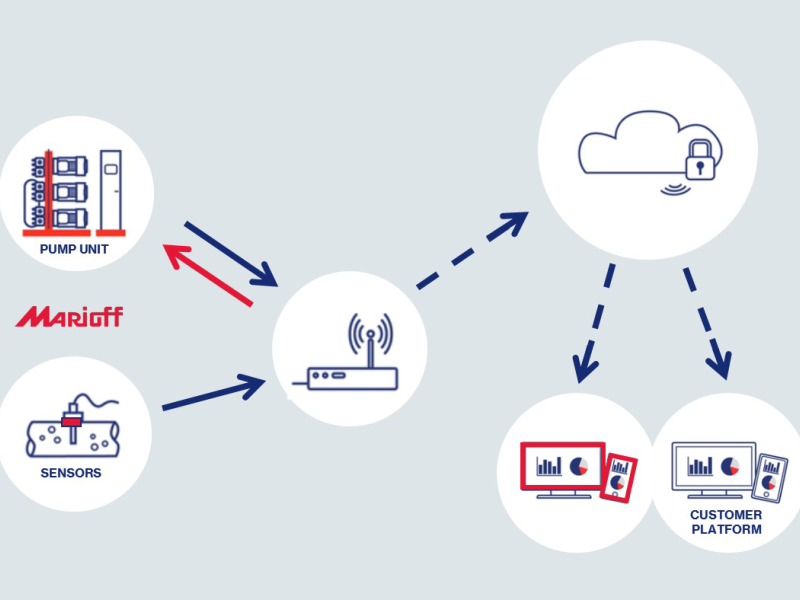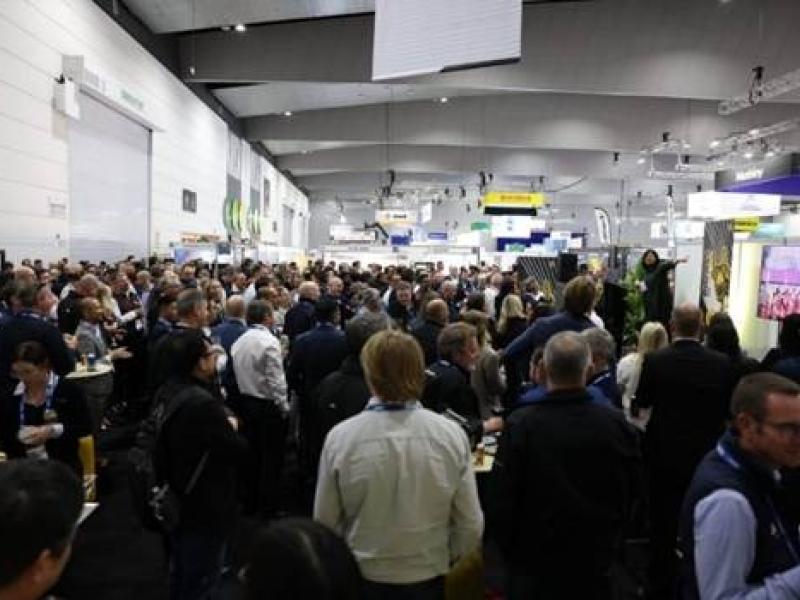From mechanisation to mass production to computerisation, industry has continued by steadily moving further into the Industry 4.0 era with the demand for improved efficiency and productivity at an all-time high. SKF products meet this logic through performance optimisation, easy integration and environmental friendliness. These three key facts lead to total cost of ownership savings.
SKF is at the forefront of linear motion technology and innovations supporting the transition from established manufacturing processes into state of art solutions connected to Industry 4.0 principles.
Alternative to Pneumatics and Hydraulics
Each linear actuation technology has both advantages and disadvantages. Pneumatic and hydraulic actuators require a source of compressed fluid which can be difficult to install and risk leaks.
Along with the elimination of air or oil in applications, SKF electric cylinders offer many advantages. Key benefits include a high degree of flexibility, positioning accuracy even to any intermediate target, variable speed, new options in programming and seamless integration into machine control systems. These benefits enable new and reliable concepts that can be integrated into a variety of production processes, ultimately allowing new application possibilities
Electric cylinders with ball screws provide an energy-saving alternative to pneumatic systems. Electric cylinders with roller screws provide high force density and significantly longer life than a traditional ball or lead screw design in the same package size. The improved controllability makes roller screw cylinders a perfect solution for applications typically using hydraulics that require high forces, high positioning accuracy and long lifetime.
With accurate positioning feedback from the servo motors, the system knows position at any time and the brake of the servo motor ensures no unplanned movements in case of a power loss and positions remain stable under load changes.
Energy and cost savings
In terms of energy efficiency, SKF’s electric cylinders offer a powerful alternative to pneumatic and hydraulics. Electric cylinders only need energy during movements, while compressors are typically working 24 hours per day. A small leak with a diameter of 2 mm causes an air loss of 0,24 m3 per minute (@ 6 bar pressure) which costs $2279 NZD every year (0,17 NZD/kWh) and emits 10 tons of CO2 per year (World el. Grid, 0,738 kg CO2/ kWh)
According to an August 2004 report from the US Department of Energy, “compressed air is one of the most expensive sources of energy in a plant”. With the decreasing cost of electronic components, brushless DC motors and servo motors become more and more interesting as a way to operate electric cylinders directly without doing a detour via air or liquids to transport the energy.
Electric cylinders using ball and roller screws are highly efficient. To operate a cylinder with 300 W output power, the electric system needs more than 90 percent less input power than a pneumatic system, which results in a significantly lower operating cost.
With the SKF Actuator Select tool it is possible to calculate the actual savings for a specific application in the cost saving calculator section with some basic information on the current setup and selected actuator, it’s possible to compare the running cost of the two solutions and then verify the potential annual savings that can be generated.
For further information, please contact your local SKF authorised distributor or email customerservice.nz@skf.com






